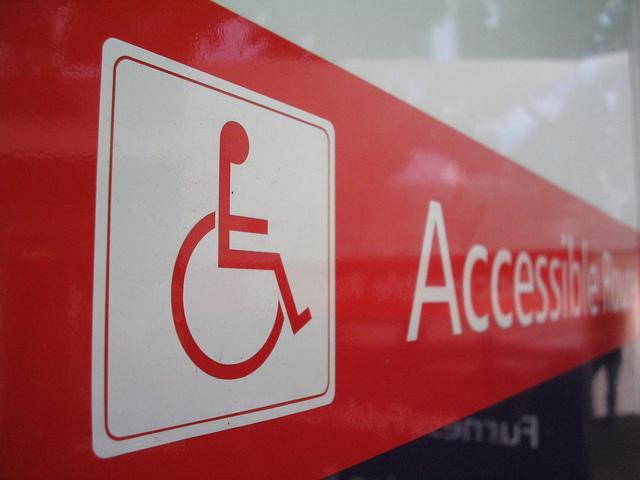
What is web accessibility?
Web accessibility means that websites, tools, and technologies are designed and developed so that people with disabilities can use them
More specifically, people can:
- perceive, understand, navigate, and interact with the Web
- contribute to the Web
People with Disabilities on the Web
When people with disabilities use the web, they feel the frustrations when they cannot access the web.
The major categories of disability types are:
- Visual: Blindness, low vision, color-blindness
- Hearing: Deafness and hard-of-hearing
- Motor: Inability to use a mouse, slow response time, limited fine motor control
- Cognitive: Learning disabilities, distractibility, inability to remember or focus on large amounts of information
Why Web Accessibility is Important?
The Web is an increasingly important resource in many aspects of life: education, employment, commerce, health care, government and more. It is essential that the Web be accessible in order to provide equal access and equal opportunity to people with diverse abilities.
Goals for accessible sites
For many people, SharePoint accessibility is an afterthought. They think of it as something a web developer does to the code for a site after the site has been created (such as tweaking the HTML, CSS, or JavaScript code).
However, accessibility should be a component of the design process that you consider before the work on any site begins. With that in mind, you need to consider how customizing a site created in SharePoint Online will affect accessibility before you customize your site. Making any site accessible equates to, first and foremost:
- Usability for everyone.
Accessibility is about building a site that anyone can use which means people with or without disabilities. Usability is critical. If you can’t easily move around your site to get what you want or accomplish what you need to do, how can other people? - Usability for people with disabilities.
Accessibility is about being inclusive and not ignoring a portion of your audience. It involves meeting the needs of people with disabilities when building a site making it accessible to them. They are, after all, users of your site, just like anyone else in your organization.
Designing sites with accessibility in mind helps to make your sites:
- Accessible regardless of the device or input method someone may be using (for example, desktop browser, voice browser, mobile phone browser, automobile-based computer, and so on).
- Accessible no matter the constraints under which someone may be operating (for example, noisy surroundings, rooms with varying degrees of illumination, hands-free driving environments, and so forth).
- Predictable. Site innovation is important, but predictability is essential. When you make the navigation on your site easy to understand and predictable, it is more accessible to everyone.
SharePoint Accessibility
Microsoft’s designed SharePoint products with accessibility features so that users (including those with low vision, limited dexterity or other disabilities) can easily use them.
Create accessible sites in SharePoint
To creating a new site or customizing the SharePoint site or creating content, refer to:
- Introduction to Web Accessibility
- Build Accessible SharePoint Site
- Web Content Accessibility Guidelines (WCAG)
- Wave Web Accessibility Checker
- WebAIM Color Contrast Checker
Additional Sharepoint Accessibility Information
- Accessibility features in SharePoint products
- Keyboard shortcuts for SharePoint products
- Microsoft SharePoint Online for Office 365 VPAT
- Microsoft Accessibility Website